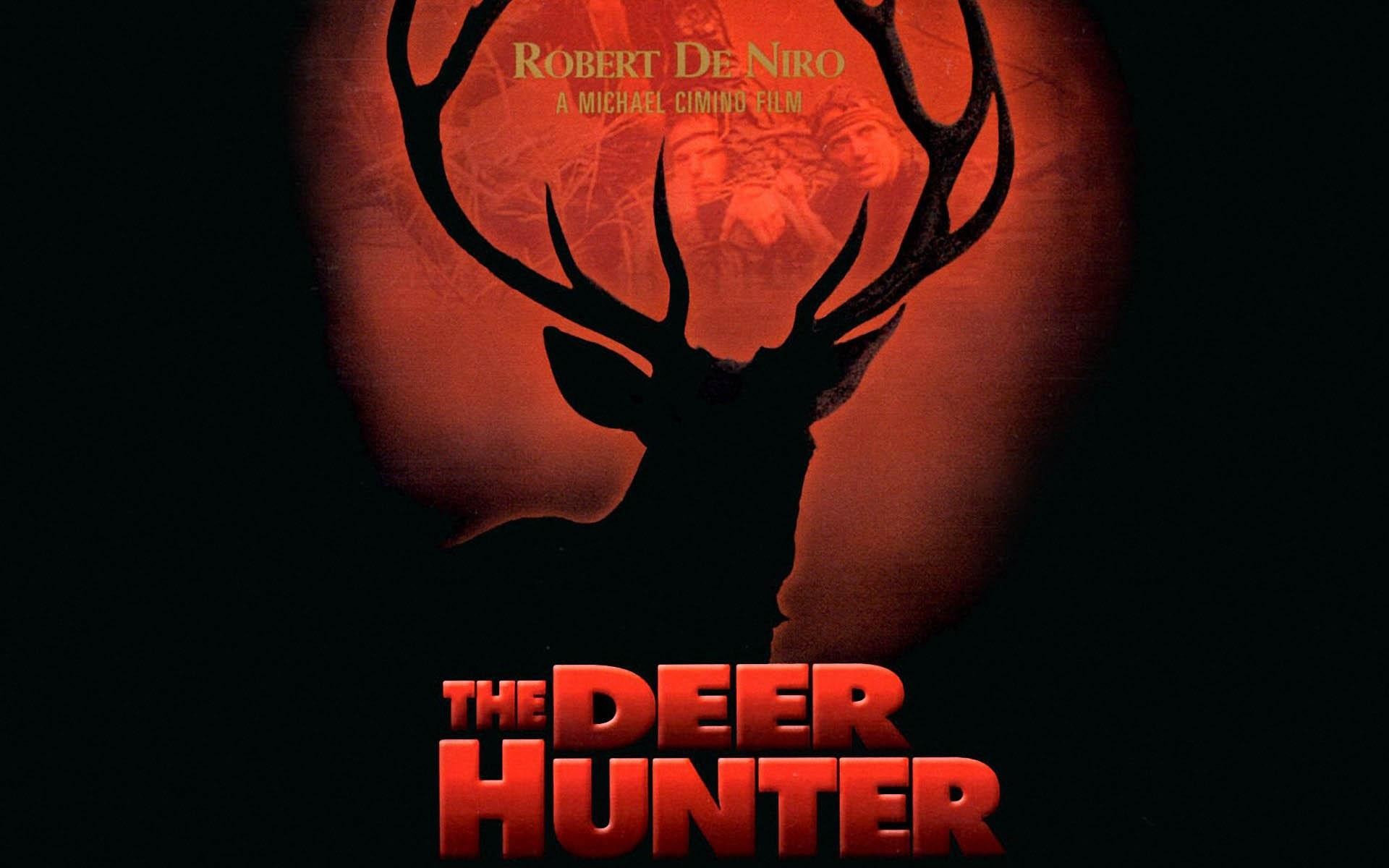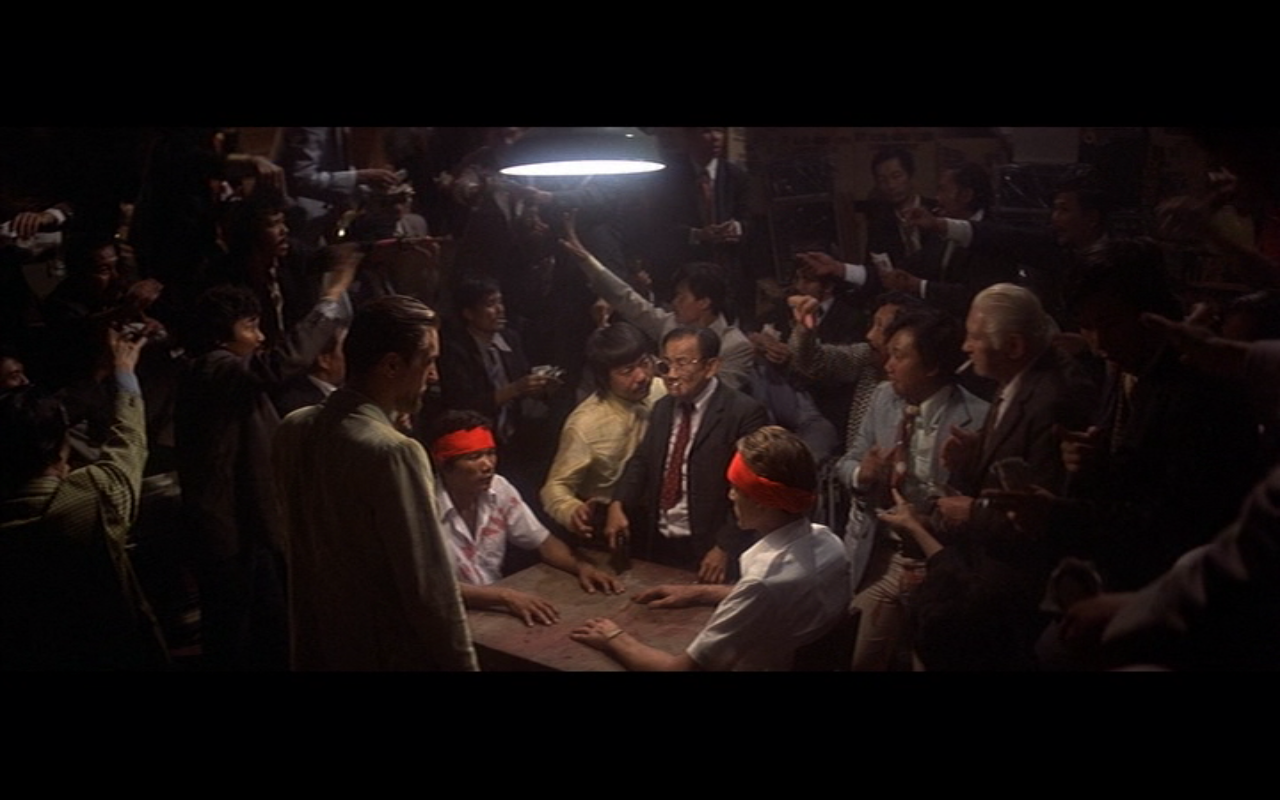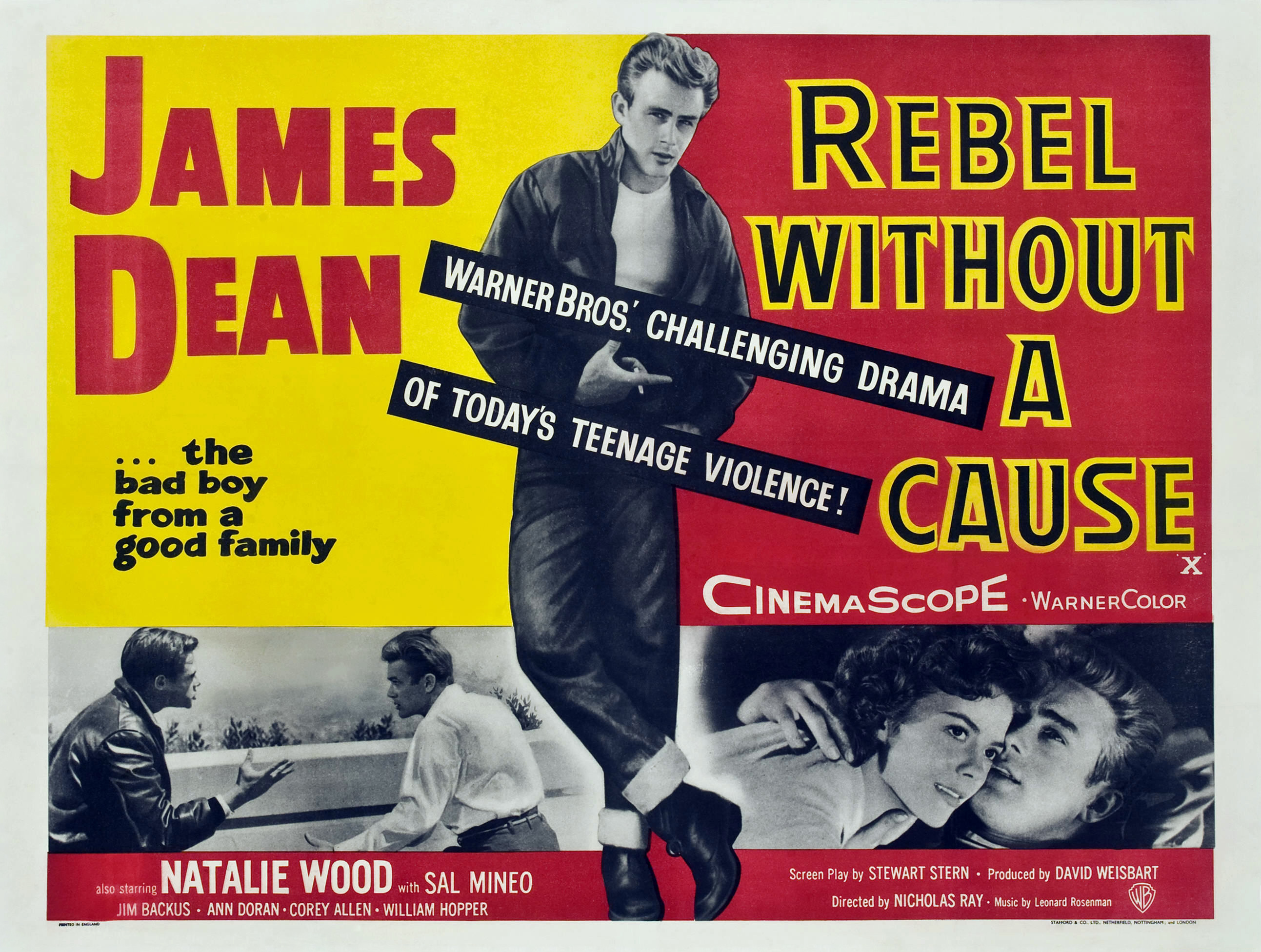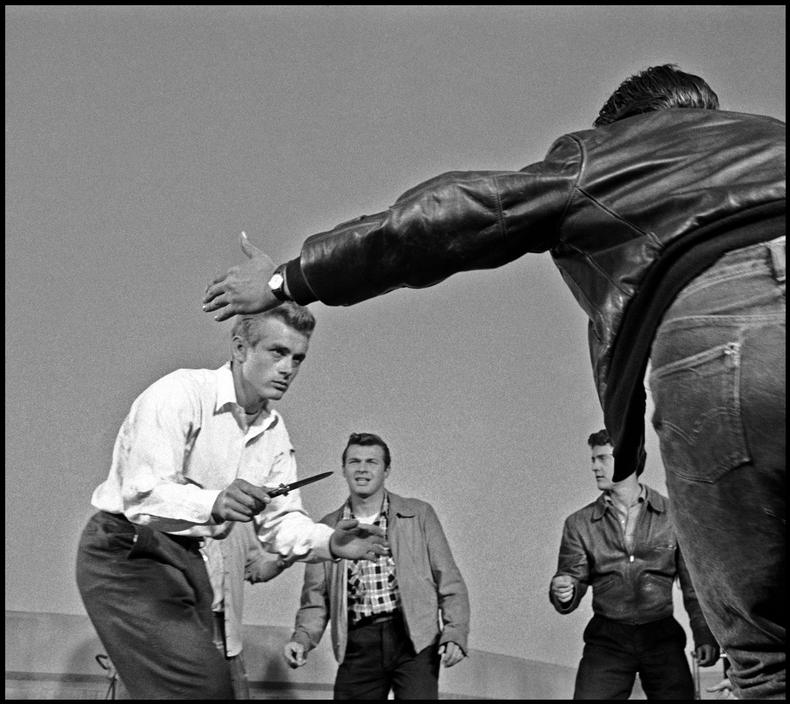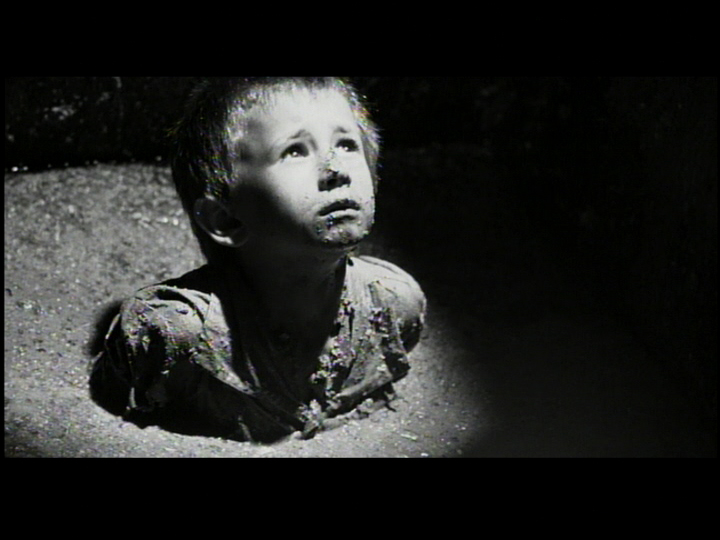Yes, it is long. Three hours long. But it is neatly
segmented into three distinct acts, with clear divides between them, so it is
not much of a burden to watch.
Act One: The Wedding
It is amazing that he spends a full hour setting up
characters and setting, without much going on. It reminds me of Dazed and
Confused without the nostalgia, or perhaps the first segment of Fanny and
Alexander. We are watching our main characters and most of our supporting
characters in their everyday life, over a single 24 hour period. The wedding is
central, but it isn't the only event, and it arguably isn't the most important
event. What stuns me about this segment is the detail. Every bit of every frame
is used, and filled with details. This is a film that deserves to be seen on
the big screen or else you couldn't possibly see it all.
Act Two: War
As rambling as the first act was, so this act is direct and
fast paced. The minutes fly as the action keeps us attentive. It is brutal, but
after so many war films we are almost used to that, but what amazes me is the
repetition. The "game" is repeated countless times in this film, but
the intensity is never less. I can understand how one might be addicted to the
game, even perhaps playing the game. The danger, once one is used to the level
of stress, draws one to it's inevitable tragedy. The various reactions to it
feel very true to life. And once we think about it, we realize that war itself
is just a version of the game, whether one is a revolutionary or a defender or
an invader or a defender. It is an act of suicide through which one intends to
harm one's enemy.
Act Three: Home (Spoilers below)
By this time we realize that setting is everything in this
film, and the points are left to the end. You can't step in the same river
twice. Community changes as the goal of community are met. Life's a bitch and
then you die. Tragedy changes everyone, even those who haven't experienced it.
Suffering isn't always for good. And any number of other cliches. Yet watching
it, we see that when people are living it out, these life lessons cannot be
reduced to a cliche. By this time, these are real people and we can't just
dismiss them or their experiences. All the characters are caught in a catch-22,
unable to live and unable not to live.
Certainly some brilliance there, especially in the
cinematography and direction. It's one of the few times I can say that I saw a
movie with Meryl Streep and she wasn't the best thing about the film. It is big
and sweeping and somewhat tragic and, probably unforgettable. A great
achievement. Epic.
